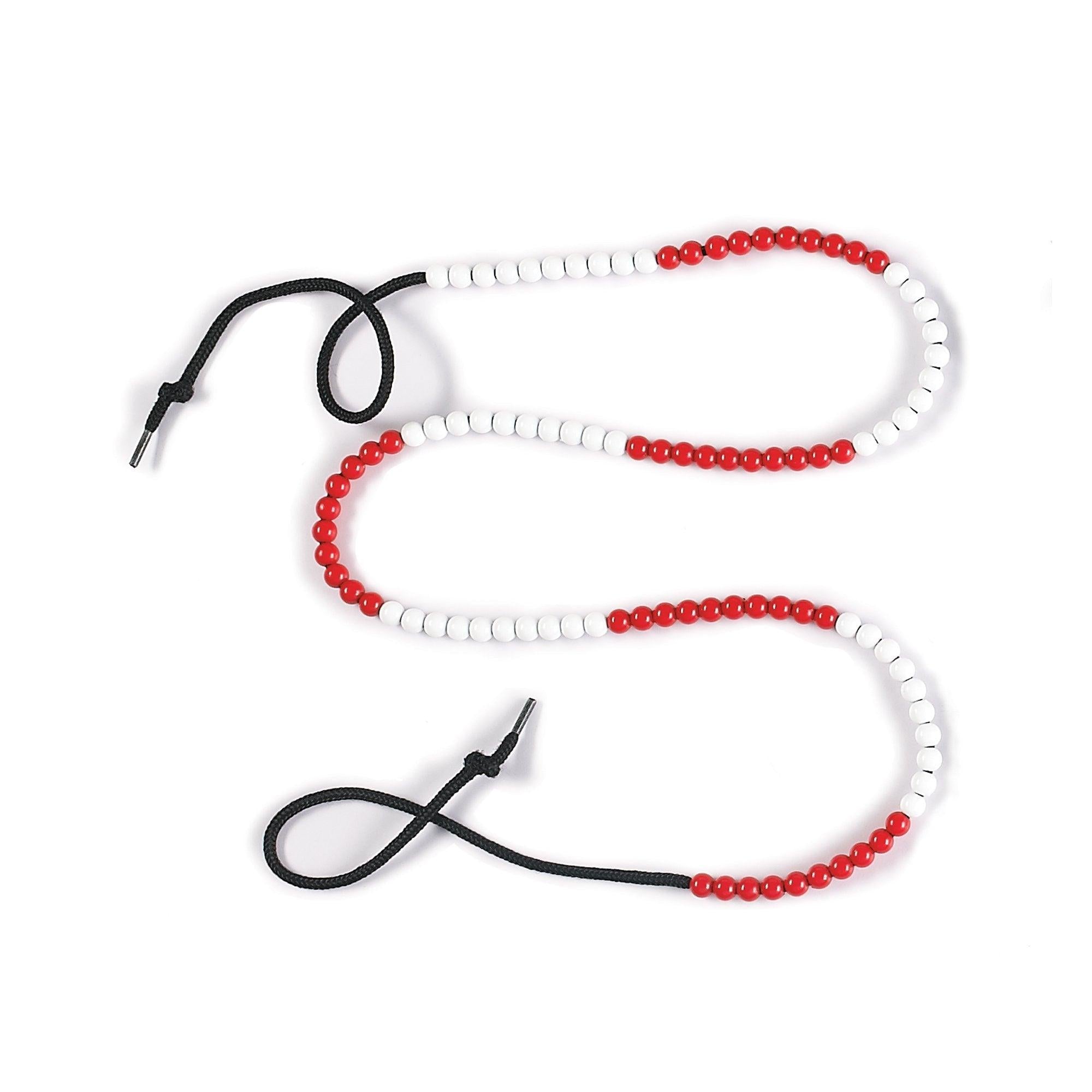The Link Between Toys and Language Development
Introduction
Toys play a significant role in a child’s development, and their impact goes beyond mere entertainment. Research has shown that toys can greatly influence a child’s language development. As children engage in play, they not only develop their cognitive and motor skills but also enhance their communication and language abilities. In this article, we will explore the link between toys and language development and highlight some key features to look for when choosing toys for your child.
The Importance of Toys in Language Development
1. Enhancing Vocabulary:
- Toys that incorporate words, numbers, and letters help children learn and practice language skills.
- Building blocks with letters or animals, puzzles with words, and interactive books are excellent choices.
2. Encouraging Communication:
- Toys that require interaction and cooperation foster communication skills.
- Board games, pretend playsets, and dolls encourage children to talk and express themselves.
3. Developing Listening Skills:
- Toys with audio features or recorded sounds help develop children’s listening skills.
- Electronic learning toys, musical instruments, and audio books are ideal for improving auditory abilities.
4. Promoting Storytelling:
- Toys that spark imagination and creativity enable children to create and share stories.
- Puppets, storytelling kits, and art supplies like crayons or markers can enhance storytelling skills.
Key Features to Consider
When selecting toys for language development, it is crucial to focus on specific features that facilitate language learning. Consider the following:
1. Multisensory Toys:
- Look for toys that engage multiple senses, such as touch, sight, and sound.
- These toys provide a comprehensive learning experience and expand language capabilities.
2. Interactive Toys:
- Toys that respond to a child’s actions promote engagement and communication.
- Interactive toys with buttons, lights, or sounds encourage children to participate actively.
3. Age Appropriateness:
- Choose toys that match your child’s age and developmental stage.
- Age-appropriate toys ensure effective learning and avoid frustration or boredom.
4. Variability and Complexity:
- Opt for toys that offer various play scenarios and challenges.
- Complex toys that encourage problem-solving and critical thinking enhance language development.
Conclusion
Toys serve as more than just playthings; they are valuable tools for language development. By providing children with toys that stimulate their cognitive and language skills, parents can actively support and nurture their lingual abilities. Choose toys that offer interactive and educational experiences, as well as opportunities for imaginative play and communication. Remember to consider the features mentioned above when selecting toys for your child, and watch them thrive in their language development journey.




